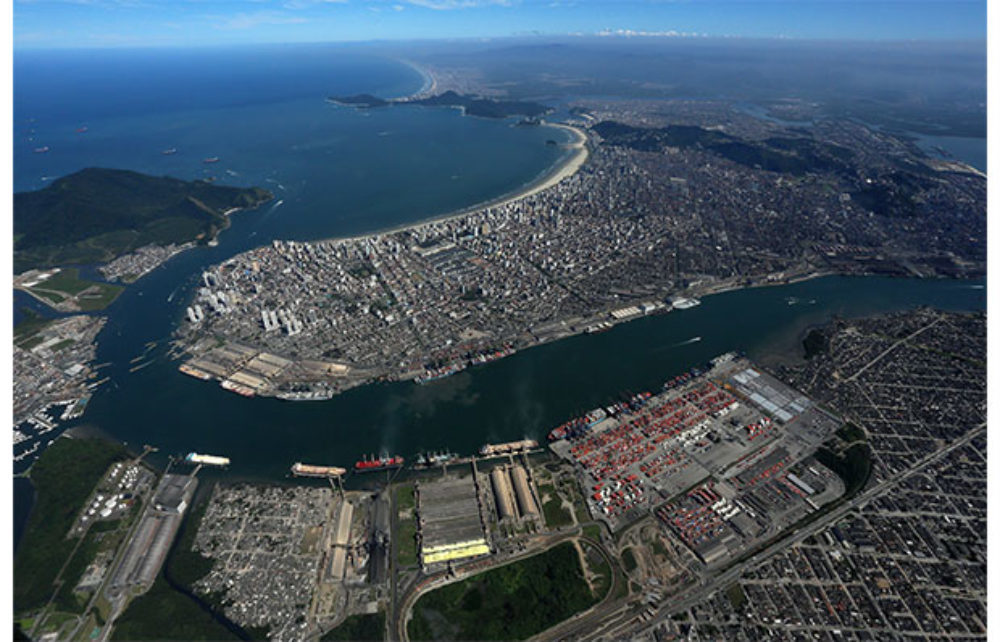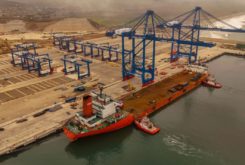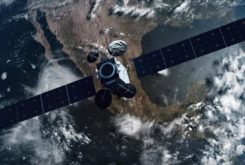Artificial intelligence and machine learning is helping to resolve China-Brazil “logistics bottlenecks”, according to supply chain management company Project44.
In an article published by CNN Brasil, Pierre Jacquin, Project44 vice-president for Latin America, underlines that China is Brazil’s main trading partner and that the ventilated bilateral monetary cooperation agreement would dispense with the use of the dollar in transactions between the two nations, but that investments in logistics and visibility in the supply chain “will be necessary for business between countries to gain more agility and even greater scale”.
According to Project44´s end-to-end monitoring of global cargo routes, in March of this year certain Chinese shipments to Brazil took almost 60 days to clear, for example at the port of Salvador. “These are containerized cargo that made the ocean journey without major problems, but which were stopped at the destination terminal”, Jacquin says.
“Far-reaching impacts” on China-Brazil strategic partnership from Lula visit
The fastest Brazilian port for releasing Chinese containers is Santos (pictured above), with an average of 36 days, the company data shows.
“In addition to customs issues, many supply chain delays do not happen in transit, but at modal interchange points. That is, in ports, airports or dry docks, where goods are transshipped to travel by rail or, predominantly here, by road”, Jacquin says.
“The problem is that containers often enter a kind of ‘black box’ when they arrive at the terminals. There are many reports of lack of status updates and consequent loss of cargo visibility, which affects delivery predictability and ends up compromising the efficiency of operations (and the satisfaction of recipients, of course). Therefore, one of the main challenges in global transport is to eliminate this and other transparency bottlenecks”, he adds.
Brazil and China central banks agree to boost yuan-real transactions
According to the Project44 executive, technology is starting to change this scenario and the logistics sector, historically averse to major changes, has “dived into digital transformation”.
“There are already platforms capable of informing in real time, for example, the whereabouts of a container traveling in the open sea – and with a margin of error of 20 meters. Integration of telematics systems and different tracking networks will allow this intelligence to be applied to all modes, and at a global level”, Jacquin says.
“This logistics revolution is driven by artificial intelligence, machine learning and analytics (applied use of data). At the end of the day, instant insights from new technologies allow shippers, carriers and international logistics service providers to no longer rely solely on historical data to calculate delivery times, but can do so through predictive analytics”, he adds.
Brazil Exports to China Jump 35.6% and lead to record trade surplus
In light of the rapprochement between Brazil and China, the new technologies for logistical monitoring also open up opportunities for the commitments that the two countries have signed regarding the environment and climate change, according to the Project44 executive.
The “end-to-end” attribute of the new visibility technologies also means coverage of deliveries to final consumers – the final step, or last mile, which “could be something important in the midst of the growth of e-commerce between Brazil and China”, he adds.




